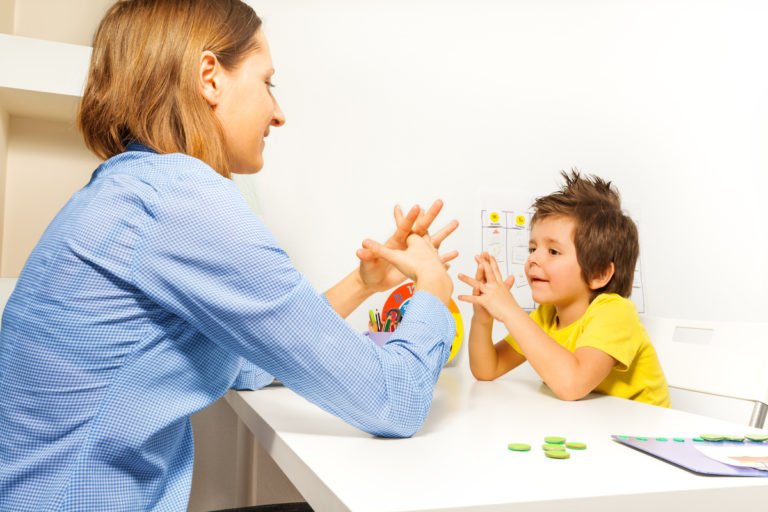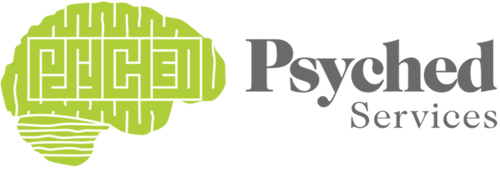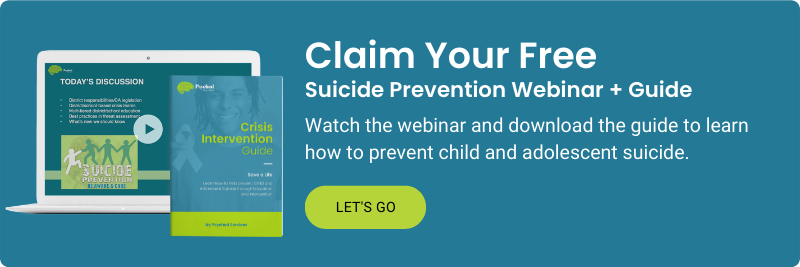Are You Or Your Child Struggling? You Name It, ABA Can Improve It

April is Autism Awareness Month!
As a way to promote autism awareness and inclusion, the Autism Society declared April National Autism Awareness Month to help every individual with Autism Spectrum Disorder (ASD) achieve the highest quality of life.
Since the late 1980s, Applied Behavior Analysis (ABA) therapy has been used to dramatically improve the quality of life and reduce challenging behaviors for individuals with ASD. ABA therapy is used all over the world to teach new behaviors to kids, teens, and even adults.
Here’s a quick overview of the therapy, as well as some principles and techniques associated with this amazing science. Find out how ABA therapy can help your child learn, so they can do!
What is Applied Behavior Analysis (ABA)?
ABA is the science of changing socially significant behavior. In simpler terms, it addresses behaviors that matter most for an individual’s success and well-being within the world they live in.
It originates from the work of scientists in the 1900s, such as B.F. Skinner, whose research was not geared toward children with special needs or autism. Rather, they studied classical and operant conditioning—how people or animals respond under certain conditions—in order to better understand how behaviors are formed and how they can be changed.
It was a study published in 1987 by Ivar Lovaas that brought ABA therapy and the autism community together. The results of Lovaas’ study of kids with autism and ABA therapy were amazing and gave parents of autistic children hope for a better quality of life for their kids. Since Lovaas’ original study, extensive research and several more studies have continued to support the benefits of ABA.
What are Some ABA Principles?
ABA therapy works to simultaneously reduce negative behaviors while teaching new skills. Based on Skinner’s research, here are some of the principles of behavior analysis:
- Behavior is action that is observed and can be measured.
- Consequences (natural and social) can either strengthen or weaken behavior.
- All behavior has a function (the why).
- Reinforcement follows behavior. If a behavior is increasing, it’s being reinforced.
- Positive and negative reinforcement does not equate to good and bad. In behavior analysis, it means to add or take away.
ABA Techniques for Typical Childhood Concerns
While ABA therapy is very beneficial for kids with autism, ABA is relevant to all children.
We love the message of Dr. Patrick Friman, an internationally recognized expert in the application of behavior analytic methods, who advocates for the diverse application of ABA techniques for all children. He believes that ABA techniques can be used to treat many common parenting challenges, from thumb sucking to getting kids to bed on time!
His presentation, “10 Laws for Parenting Happier, Healthier, Better Behaved Children,” illustrates his belief that ABA can support mainstream parenting just as well and with similarly impressive results as experienced with kids with ASD.
Dr. Friman argues that behavior analysis should be integrated with pediatric primary care so that its powerful results can impact not just kids with ASD, but all kids. He suggests that our perspective of a “normal” child is skewed by media and advertising representations. He asserts, and so do we, that applied behavior analysis techniques can support children and parents dealing with challenging, yet quite typical, childhood issues such as bedwetting, picky eating, and sibling rivalry.
Using ABA to Teach Anything
At Psyched Services, we believe that ABA is an extremely powerful and effective tool for teaching pretty much anything. Our team has used it in the following ways, in homes and in schools:
- Treat symptoms related to learning disabilities such as teaching specific academic skills
- Decrease behavioral challenges such as tantrums
- Improve a child’s ability to make friends
- Improve study, time management and other executive functioning-related skills
- Toilet training
- Build independence in morning and evening routines
What are you or your child struggling with? You name it, ABA can improve it. Stay tuned for the rest of our ABA Answers series, which will give you some quick and dirty tips you can start using at home or in your classroom right away.
The approach we leverage with our Pocket Coaching services is based on ABA and can support kids struggling with a broad spectrum of typical childhood challenges ranging from study skills to social and emotional skills and even independence completing chores or routines. If you’re a parent or educator in need of some guidance, our remote-based services are available at your fingertips. We’re just a call or a click away, give us a shout!
Contact Psyched Services today for more information on ABA or other proven therapy techniques.





